Nine Plant Allies: Herbalism and Feng Shui
By Maria Ramsey - Mindful Design School Graduate and Feng Shui Consultant.
As a practicing home herbalist and feng shui practitioner, I’ve noticed a lot of connections between the two modalities. Many plants have specific energies that align with a key feng shui concept: the areas of the bagua (What is the bagua? Learn more here). Here are nine of my favorite plant allies and how they match up with each area of the feng shui bagua map:

New beginnings (the family area)
Dandelions: new growth energy and springtime energy
It’s one of the first plants to pop up in early spring, can grow in all types of environments, and spreads its seed widely. If you’d like some support in starting new projects, try taking a walk outside and looking for some dandelions, and notice how bold and resilient they are.

Abundance (the wealth area)
Oatstraw: an abundant source of nutrition
The wealth and abundance area in feng shui is connected to yin wood, which is all about flexibility and steady growth. Oatstraw is a very flexible plant--you can see this in how it blows in the wind--and it can help us cultivate flexibility. Wealth and abundance are also connected to the kitchen and how we nourish ourselves, and oatstraw is a very nourishing plant. It makes a nutrient-rich decoction (think strong herbal tea), and the same plant provides us with oats, an abundant source of nutrition.

Health & Well-being (the tai chi/the centre)
Burdock: versatile root for well-being
In feng shui, health is connected to the center of the home, and it touches all other areas. Similarly, burdock touches many areas of our physical health, including our skin, lymphatic system, kidneys, liver, and digestion. It’s an alterative herb, which means that it helps support the body’s innate ability to heal. In feng shui, health is also connected to the earth element, and burdock is a very earthy plant. It has a long root that reaches deep into the soil, an earthy taste, and can help us to feel more grounded.
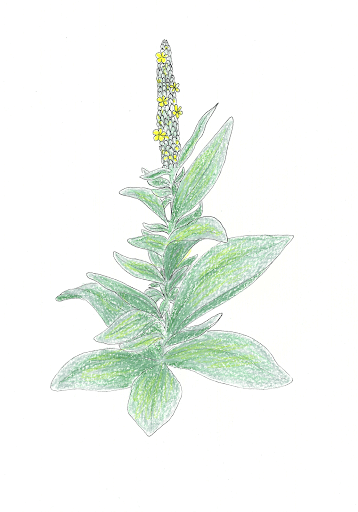
Helpful people area
Mullein: supports and helps others to thrive
Mullein functions in its environment as a helpful “person”, helping other plants to thrive. It often grows in low-quality soil where other plants are unable to grow, and improves soil health by breaking up the earth with its deep roots and adding nutrients as its leaves decompose. Mullein infusion (another strong herbal tea) is often used to help heal the lungs, which is also related to helpful people in feng shui.
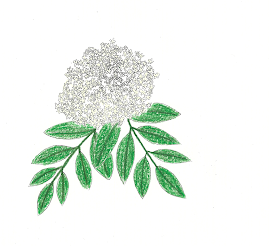
Completion (the children/completion area)
Elder: joy and beauty
In feng shui, the completion area is associated with autumn, yin metal (think beautiful, shiny jewelry), and joy. Elderberries complete their cycle in the autumn when they become ripe. Elder plants, especially the flowers, have a beautiful, refined appearance and a sweet fragrance that can bring joy and encourage us to appreciate the beauty in life. If you need a reminder, try placing some elder or an image of elder on your altar.

Knowledge (the self-development/knowledge area)
Rosemary: gaining self-awareness
Rosemary is a great plant to work with for wisdom and knowledge, because it can help with gaining self-awareness. It’s also said to help us remember who we are. I like to meditate while holding a sprig of rosemary in my hand (or, if I don’t have the physical plant available, I invite the plant into my meditation energetically), and when I do this I often feel a sense of inward focus and returning to my center.
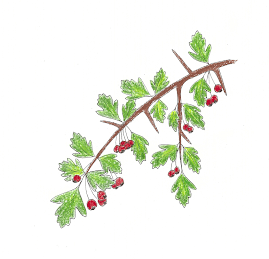
Recognition (the fame/recognition area)
Hawthorn: bring out your inner fire
Hawthorn trees are boundary plants, growing in liminal spaces. Likewise, our reputation has to do with the edge between our inner selves and the outside world. Hawthorn is also related to the fire element, which helps us express our emotions and make ourselves visible. How can you put yourself in situations where you can be seen by others, while bringing out your inner fire and self-expression?
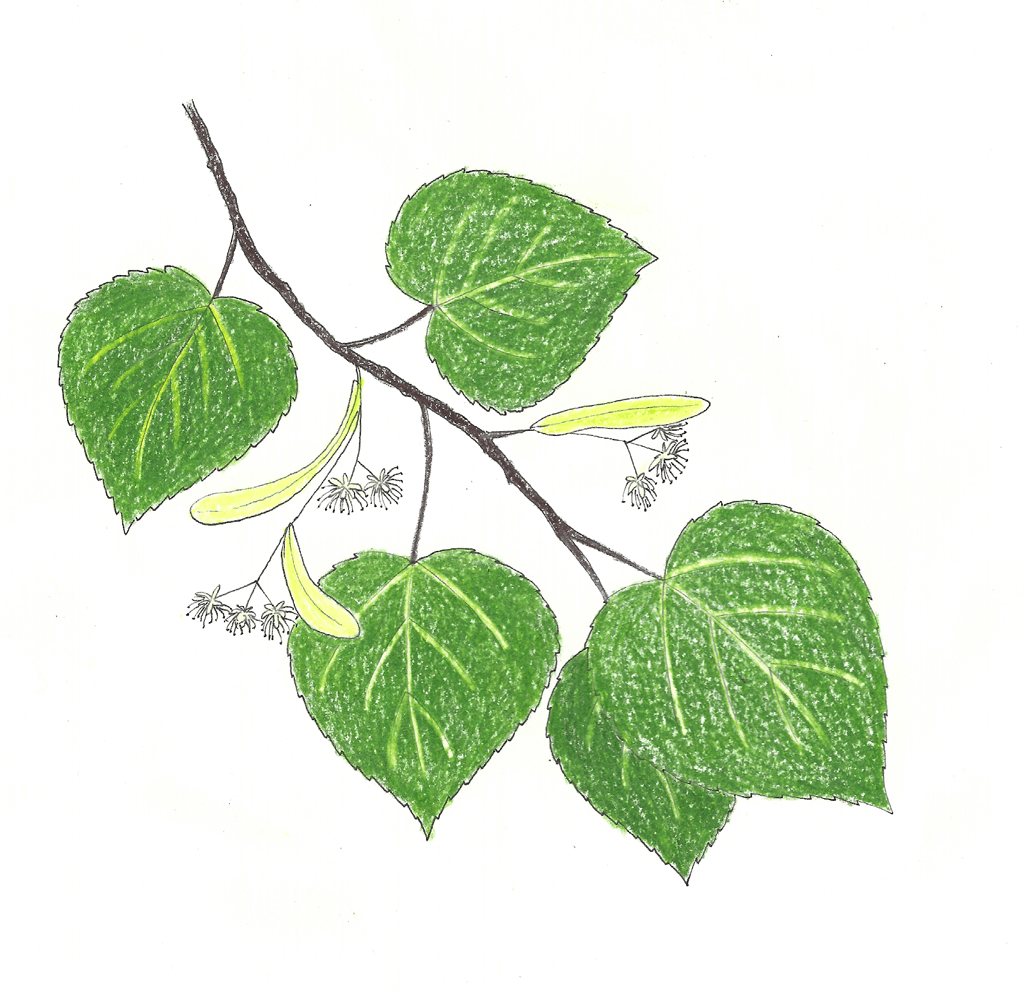
Path in Life (the career area)
Linden: find a sense of belonging
In feng shui, our career and path in life is connected to the water element. Linden is a watery plant, often used to calm fiery conditions. Linden is also said to help us find a sense of belonging, which is really what we are looking for when we are searching for our path in life. I highly recommend spending some quiet time under a linden tree if you can; I’ve found it deeply soothing.
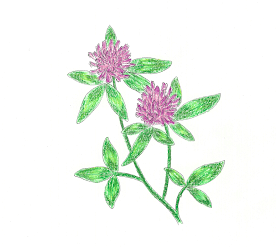
Relationships (partnership/love area)
Red Clover: nourishing and nurturing
Plants can communicate their medicine and wisdom through the way they grow. Red clover, for example, grows in community. Even individual blossoms look like they’re made up of a community of smaller flowers. Just like we nurture one another in our relationships, red clover is a nurturing plant. It increases soil fertility, and also makes a nourishing, nutrient-rich infusion.
Illustrations by Maria Ramsey.